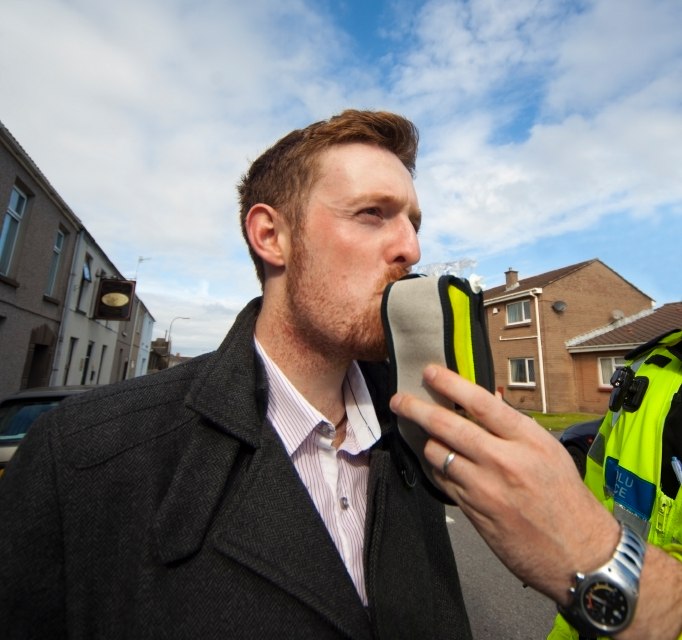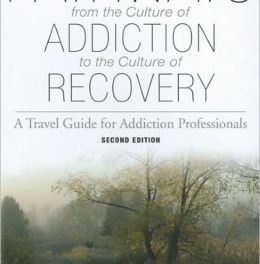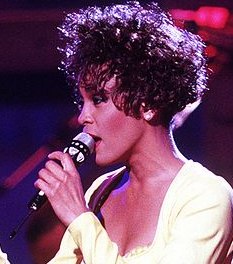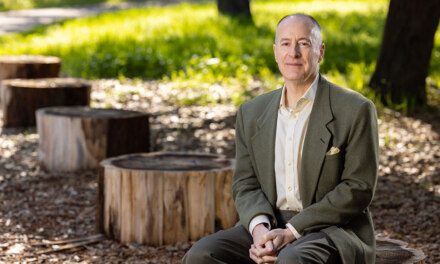Apparently one side effect of the pandemic is a significant, even dramatic decline in arrests and fatalities related to drunk driving. Haven’t seen the national numbers for 2020 yet, but here’s an example of something on the local level:
DWI arrests, fatalities drop significantly during COVID-19 shutdown
Fewer people out drinking means fewer intoxicated folks driving home from bars and restaurants, parties and social occasions.
In the larger sense, it continues a positive trend that’s been going on for a few decades. Drunk driving deaths in 2018 finished at 10,517, a couple hundred fewer than the previous year. It’s still nothing to boast about– that’s one every 50 minutes — but big improvement from, say, thirty years ago.
Public information campaigns played a key role. So did changes in law enforcement and last but not least, a shift away from incarceration and towards alternative programming for offenders. That had the support of many in the corrections field. They were tired of recycling drunk drivers through their institutions, to nobody’s benefit.
As a working counselor, I learned much of what I know about how people rationalize their behavior from the folks who attended DWI School. A few favorites:
“There must have been something wrong with that BAL machine.” Here the idea is to provoke the instructor into defending the BAL machine — a practical impossibility, since thousands of the machines are in use and some are bound to be inaccurate. I learned to simply acknowledge the possibility and note that the Courts had reviewed the evidence and accepted the results. I was just going along with their decision.
“It was just bad luck I got caught.” This suggested a calculated risk that hadn’t worked. Research confirms that a typical offender has driven under the influence of alcohol somewhere from 50 to 200 times for every time he or she was arrested.
For the drinker, it becomes a form of gambling. One that eventually catches up with them.
“I made a bad choice, that’s all. It’ll never happen again.” I suspect the aim is to ward off any suggestion that the speaker has a drinking problem. Of course if there is a problem, promises to do better in future aren’t worth much.
“Ask anybody who was there — I wasn’t drunk.” We all know that some people can drink to higher blood alcohol levels without showing the usual signs of intoxication. In fact, it’s often a sign of alcoholism. Research shows that slowed reaction times and poor decision-making remain likely to impair driving.
“I swear, I only had two.” Problem with this is that research demonstrates how difficult it is to self-assess one’s own consumption. We tend to underestimate it — partly because we weren’t paying close attention, and partly due to the effects of all that alcohol.
“That officer that pulled me over had it in for me.” Or an offshoot: “The cops were just out to fulfill their arrest quota.” These are akin to conspiracy theories, and operate on belief rather than logic. Best to avoid argument, since you weren’t present and cannot read minds. Then shrug and move on.
Considering the number of cognitive errors involved, it shouldn’t be difficult to understand why so many first offenders are eventually arrested for a second offense. Or in some cases, a third, a fourth…
The seeds of recidivism were already planted.













